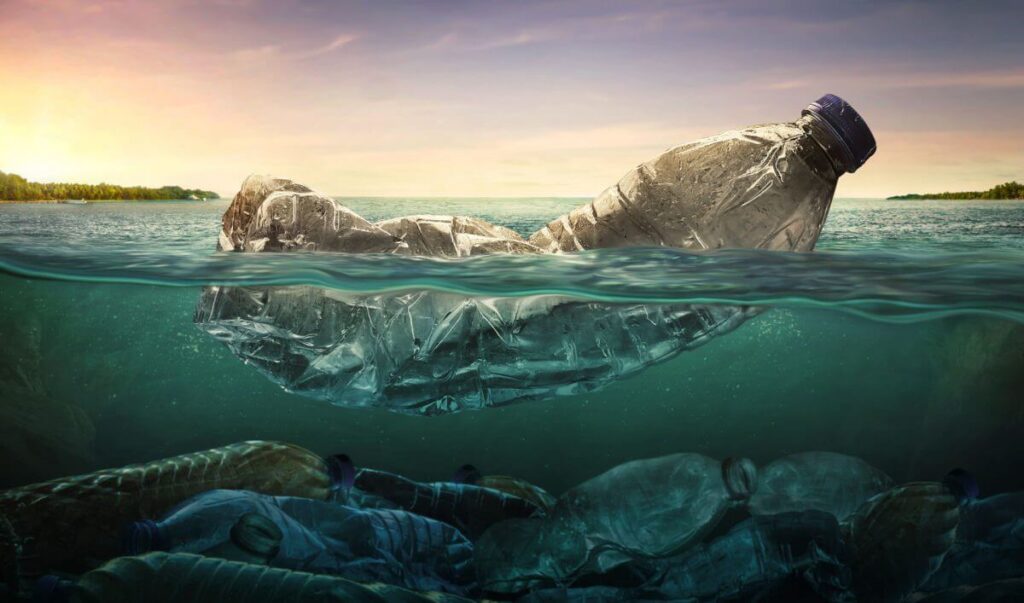
Water pollution refers to the contamination of water bodies such as rivers, lakes, oceans, groundwater, and even drinking water sources, with harmful substances and pollutants. These pollutants can be introduced into waterways through various human activities and natural processes, leading to adverse effects on aquatic life, ecosystems, and human health.
Sources of Water pollution
Water pollution can originate from various sources, including both human activities and natural processes. Some of the primary sources of water pollution include:
- Industrial Discharges: Industrial activities often produce large volumes of wastewater containing various pollutants, such as chemicals, heavy metals, and toxic substances. If not properly treated, these industrial discharges can contaminate water bodies.
- Agricultural Runoff: The use of fertilizers, pesticides, and herbicides in agriculture can lead to runoff during rainfall or irrigation. These chemicals can be washed into nearby water bodies, causing water pollution.
- Municipal Wastewater: Sewage and wastewater from residential areas, known as municipal wastewater, can contain pathogens, organic matter, and nutrients that contribute to water pollution if not adequately treated.
- Oil Spills: Accidental or deliberate spills of oil and petroleum products, such as crude oil or refined fuels, can result in significant water pollution in oceans and waterways.
- Landfill Leachate: As rainwater percolates through landfills, it picks up various pollutants and forms a liquid known as leachate. If not properly managed, landfill leachate can contaminate nearby groundwater and surface water.
- Atmospheric Deposition: Airborne pollutants, such as sulfur dioxide and nitrogen oxides from industrial emissions and vehicular exhaust, can be carried by the wind and deposited into water bodies, leading to acid rain and water pollution.
- Stormwater Runoff: Urbanization and construction can create impervious surfaces that prevent rainwater from naturally infiltrating the ground. Instead, the water runs off the surfaces, picking up pollutants and carrying them into water bodies through storm drains.
- Agricultural Livestock Operations: Livestock operations, such as concentrated animal feeding operations (CAFOs), can generate large amounts of manure and waste that may contain harmful pathogens and nutrients, contributing to water pollution when not managed properly.
- Sewer Overflows: During heavy rain events, combined sewer systems or older sewer infrastructure may overflow, leading to the release of untreated wastewater and pollutants into nearby water bodies.
- Natural Processes: While human activities are the primary sources of water pollution, natural processes, such as volcanic eruptions, can also release pollutants into water bodies.
Addressing water pollution requires a comprehensive approach that includes implementing effective waste management practices, improving wastewater treatment, reducing the use of harmful chemicals in agriculture, and promoting sustainable land and water management practices. Public awareness and involvement are also crucial in protecting and preserving clean water resources.
“Understanding Acid Rain: Causes, Effects, and Sustainable Solutions”
Effects of Water Pollution

Water pollution has a wide range of detrimental effects on the environment, aquatic life, human health, and the economy. Some of the key effects of water pollution include:
- Harm to Aquatic Life: Polluted water bodies can be toxic to aquatic organisms such as fish, amphibians, and invertebrates. Harmful substances, chemicals, and heavy metals can disrupt their metabolism, impair reproduction, and cause diseases, leading to a decline in aquatic biodiversity.
- Ecosystem Disruption: Water pollution can disturb the balance of ecosystems. The loss or decline of certain species can trigger a chain reaction, affecting other organisms and disrupting the natural food webs and ecological interactions within the ecosystem.
- Algal Blooms and Dead Zones: Excessive nutrients, often from agricultural runoff or untreated sewage, can cause algal blooms in water bodies. These blooms can deplete oxygen levels when the algae die and decompose, leading to dead zones where aquatic life cannot survive.
- Contaminated Drinking Water: Water pollution can contaminate drinking water sources, making them unsafe for human consumption. Pathogens, chemicals, and other pollutants in drinking water can lead to waterborne diseases and serious health issues.
- Impact on Human Health: Consuming or coming into contact with polluted water can pose health risks to humans. Waterborne diseases such as cholera, dysentery, and hepatitis can spread through contaminated water sources.
- Economic Impact: Water pollution can have significant economic consequences. It can affect industries that rely on clean water, such as fisheries, tourism, and recreational activities, leading to job losses and reduced economic productivity.
- Soil Contamination: Polluted water can seep into the soil, contaminating it with harmful substances. This can affect agriculture, reducing crop yields and impacting food safety.
- Damage to Infrastructure: Water pollution can corrode and degrade pipes, water treatment facilities, and other infrastructure used for water supply and distribution, leading to increased maintenance and replacement costs.
- Loss of Aesthetic Value: Polluted water bodies lose their aesthetic appeal, impacting the overall quality of life for communities that rely on these water resources for recreational purposes and aesthetics.
Addressing water pollution requires concerted efforts, including implementing effective wastewater treatment, regulating industrial discharges, controlling agricultural runoff, promoting sustainable land management practices, and raising public awareness about the importance of protecting and preserving clean water resources. Protecting water quality is crucial for the health and well-being of both the environment and human populations.
How to control Water Solution
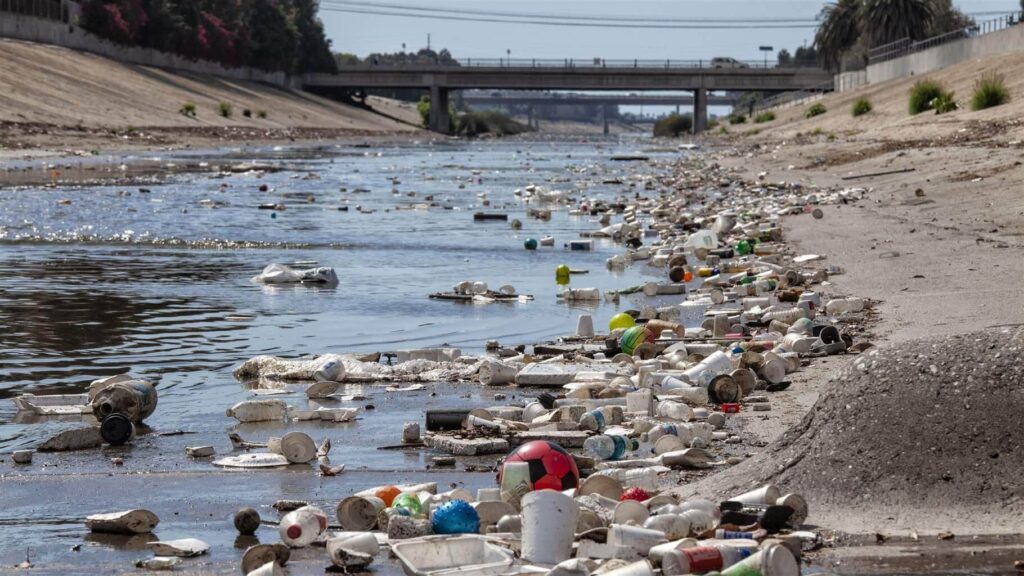
Controlling water pollution requires a combination of regulatory measures, technological advancements, and individual actions. Here are some effective strategies to control water pollution:
Implement Environmental Regulations:
a. Establish and Enforce Water Quality Standards: Governments should set and enforce strict water quality standards to limit the discharge of pollutants into water bodies.
b. Industrial Compliance: Regulate industrial discharges through permits and regular inspections to ensure industries meet pollution control requirements.
c. Municipal Wastewater Treatment: Upgrade and properly maintain wastewater treatment plants to treat sewage and municipal wastewater before discharging it into water bodies.
Reduce Agricultural Runoff:
a. Sustainable Farming Practices: Promote the use of sustainable farming practices, such as reduced chemical use, crop rotation, and conservation tillage, to minimize nutrient and pesticide runoff.
b. Buffer Zones: Implement vegetative buffer zones along rivers and streams to filter and reduce pollutants from agricultural runoff before they reach the water bodies.
Prevent Oil Spills and Leakage:
a. Strengthen Regulations: Enforce strict regulations and safety standards for the transportation, storage, and handling of oil and petroleum products.
b. Emergency Response Plans: Develop and implement effective emergency response plans to quickly contain and clean up oil spills to minimize their impact on water resources.
Improve Stormwater Management:
a. Implement Green Infrastructure: Use green infrastructure techniques like rain gardens, permeable pavements, and green roofs to manage and filter stormwater runoff, reducing pollution and erosion.
b. Stormwater Retention Ponds: Construct retention ponds to capture and treat stormwater runoff before releasing it into water bodies.
Encourage Public Awareness and Education:
a. Promote Water Conservation: Educate the public about the importance of water conservation and responsible water usage to reduce pollution and protect water resources.
“Discover the Benefits of Padmasana (Lotus Pose) for Meditation and Relaxation”
b. Raise Awareness: Increase awareness about water pollution, its consequences, and the individual actions people can take to prevent it.
Monitor and Improve Water Quality:
a. Regular Water Quality Monitoring: Implement regular monitoring of water bodies to identify pollution sources and assess the effectiveness of pollution control measures.
b. Adaptive Management: Continuously improve pollution control strategies based on monitoring data and scientific research.
Support Research and Innovation:
a. Invest in Research: Support research and development of new technologies and practices to control water pollution more effectively.
b. Encourage Innovation: Foster innovation in pollution control technologies and promote the adoption of cleaner and sustainable practices.
Collaborate and Coordinate Efforts:
a. Collaborative Partnerships: Foster collaboration among government agencies, industries, non-governmental organizations, and communities to address water pollution collectively.
b. Integrated Water Management: Adopt an integrated approach to water management, considering the interconnectedness of water resources and pollution sources.
By implementing these strategies, societies can make significant progress in controlling water pollution, protecting aquatic ecosystems, and ensuring a sustainable supply of clean water for future generations.


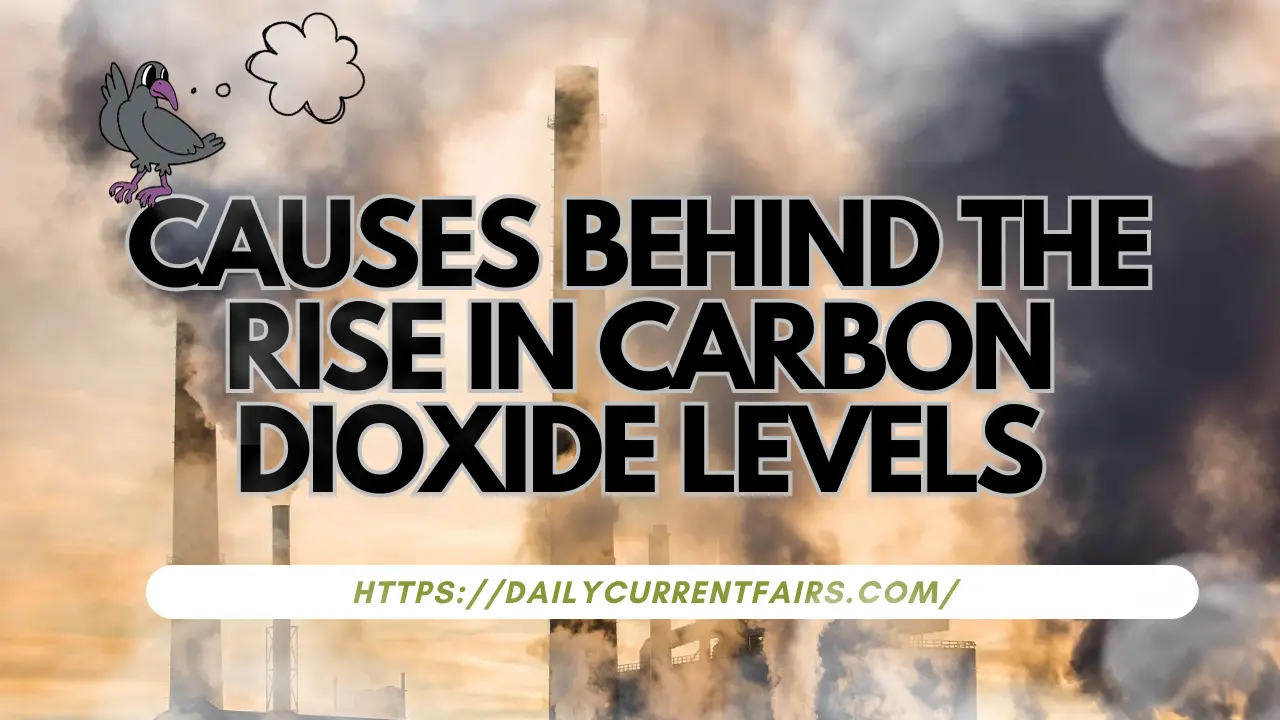

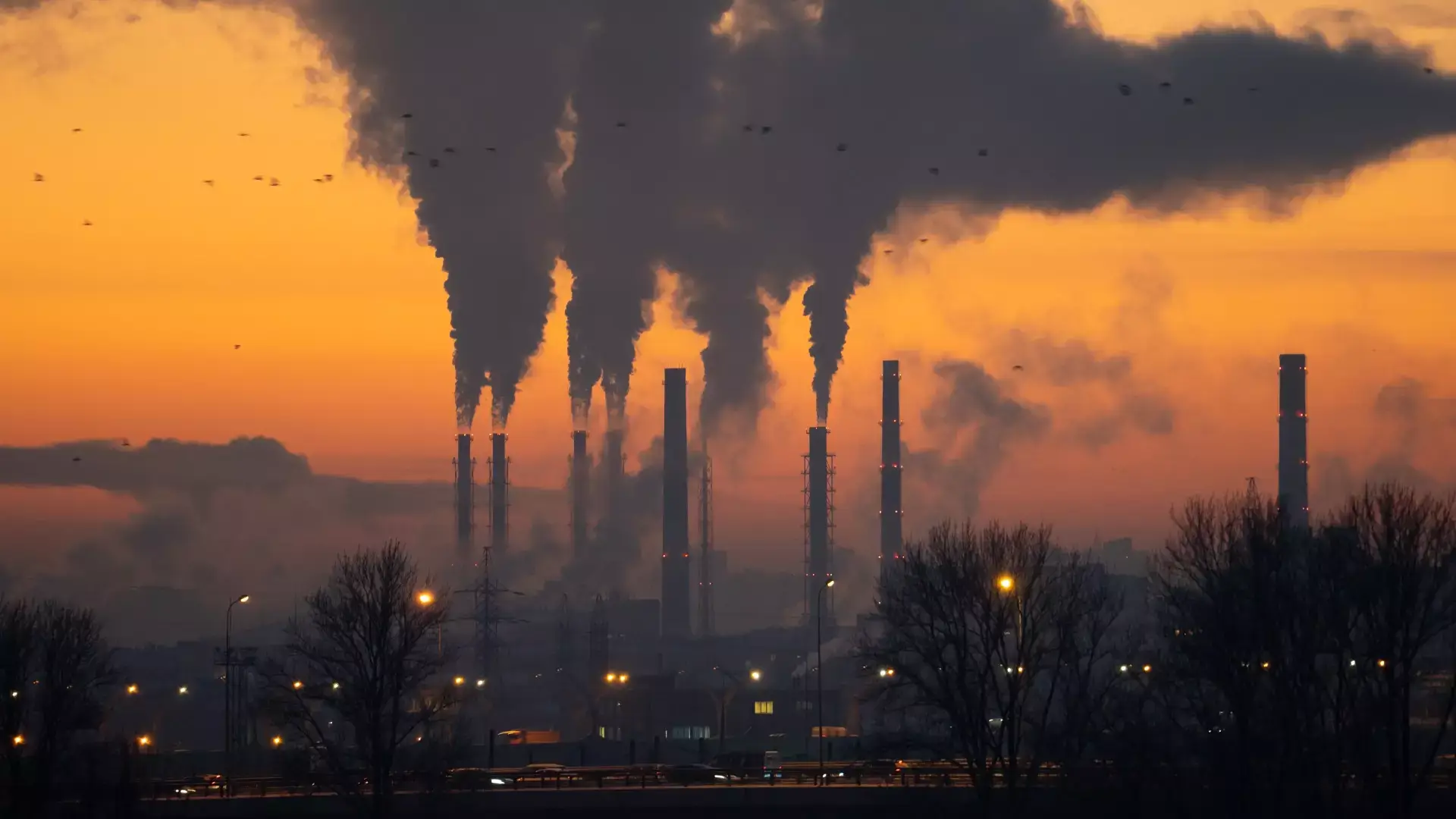
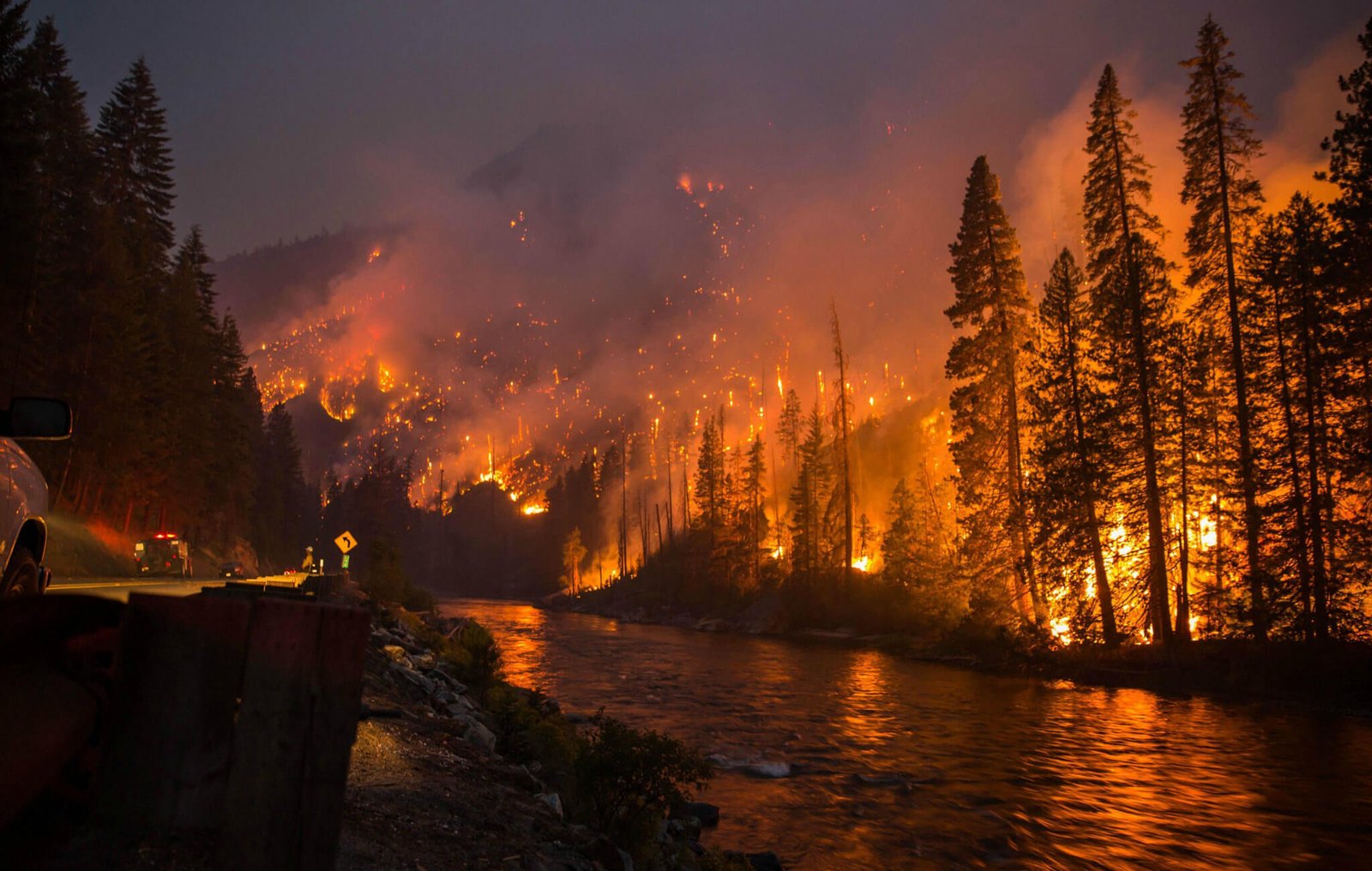
[…] “Water Pollution: Causes, Impacts, and Solutions for a Cleaner Environment” […]